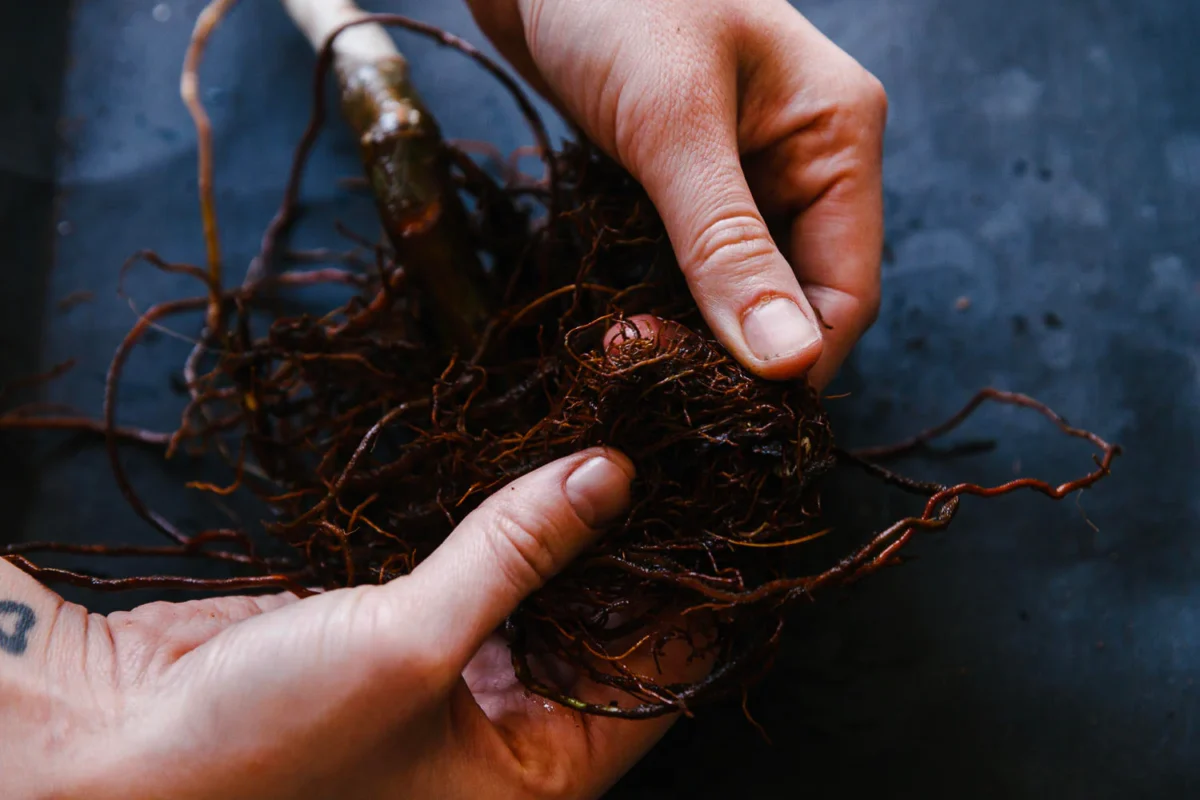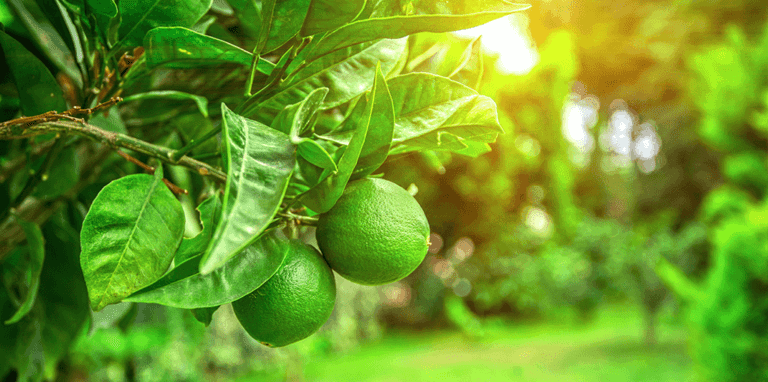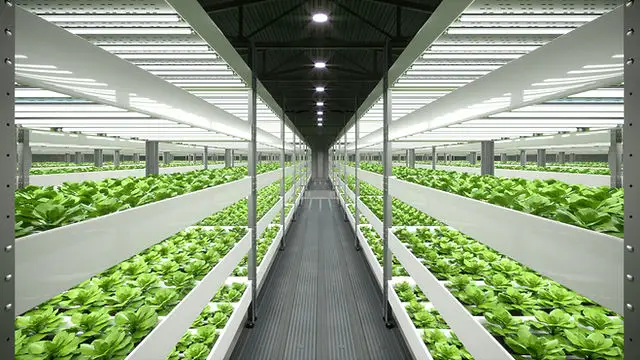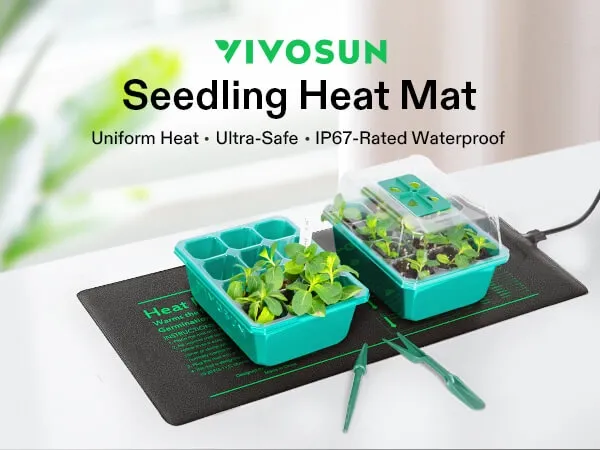Root Rot Diagnosis and Prevention Techniques
Understanding the Importance of Root Health in Gardening
The health of a plant’s root system is a key aspect of successful gardening. Without strong and healthy roots, plants cannot efficiently uptake water and nutrients from the soil, hindering their growth and overall well-being. Root health is crucial for various reasons. Firstly, healthy roots provide stability and support to plants, allowing them to withstand strong winds and heavy rainfall. This is especially important for tall or top-heavy plants that may easily topple over in adverse weather conditions. Additionally, a robust root system enables plants to access deep water and nutrients present in the lower layers of the soil, ensuring their optimal growth and development.
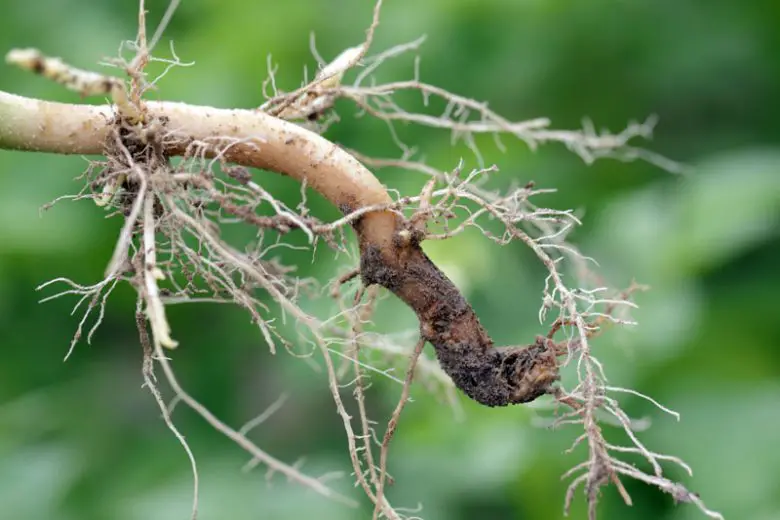
One frequently asked question regarding root health is whether root health can impact above-ground plant appearance. The answer is a resounding yes. Unhealthy roots, whether due to root rot or other issues, can result in visible symptoms above ground. These symptoms may include wilted or yellowing leaves, stunted growth, and a lack of flowering or fruit production. It is essential to pay attention to these signs as they can provide early indicators of root health problems, allowing gardeners to take prompt action and potentially save affected plants. By understanding and prioritizing root health, gardeners can foster thriving plants and enjoy the beauty and rewards of a well-maintained garden.
Identifying Early Signs of Root Rot in Plants
The early detection of root rot in plants is crucial for preventing its spread and ensuring the plant’s overall health. While root rot can vary in symptoms depending on the plant species and the specific pathogen involved, there are some common signs to watch out for. One of the key indicators of root rot is the yellowing and wilting of leaves, often starting at the lower part of the plant. This occurs as the disease restricts the movement of water and nutrients from the roots to the leaves. Another common sign is the development of root discoloration and rotting, which can range from brown or black to a mushy texture. This can be observed by gently digging around the base of the plant and inspecting the roots. It is important to note that these symptoms can also be caused by other factors, such as overwatering or nutrient deficiencies, so a proper diagnosis is necessary to confirm the presence of root rot.
A table showing the signs of root rot in plants:
| Early Signs of Root Rot | Description |
|---|---|
| Yellowing Leaves | Discoloration, starting from lower leaves, often appearing patchy or along veins. |
| Wilting Despite Moist Soil | Wilting even with consistently moist soil, indicating impaired water uptake. |
| Soft, Discolored Roots | Roots turning soft, mushy, and discolored, ranging from brown to black. |
| Foul Odor from Root Zone | Unpleasant smell released when soil is disturbed or affected plants are pulled up. |
| Easily Detached Roots | Infected roots detach easily from the plant when gently tugged. |
| Dark Lesions on Roots | Development of dark lesions on roots, indicating the presence of fungal or bacterial pathogens. |
| Fungal Growth on Soil | Visible mold or fungal growth on soil surface or affected roots. |
Exploring the Causes and Risk Factors of Root Rot
Frequently Asked Question:
Q: What are some common causes of root rot in plants?
A: Root rot in plants can be caused by various factors. One of the primary causes is overwatering, which leads to excessive moisture in the root zone. When roots are constantly saturated, they are deprived of oxygen, creating a favorable environment for pathogens that cause root rot.
Another common cause is poor drainage. When soil does not allow water to drain properly, it becomes waterlogged, increasing the risk of root rot. Additionally, root rot can also be triggered by using contaminated soil or planting in pots with insufficient drainage holes. These factors contribute to the accumulation of moisture around the roots, promoting the growth of harmful fungi and bacteria.
Q: Are there any risk factors that make plants more susceptible to root rot?
A: Yes, there are several risk factors that can make plants more vulnerable to root rot. One major risk factor is the plant’s species or variety. Some plants are naturally more resistant to root rot, while others are highly susceptible. It is essential to choose plant species known to have better resistance to this disease, especially in areas with a history of root rot problems.
Moreover, the health of the plant itself plays a crucial role. Plants that are stressed or weakened due to inadequate nutrition, improper watering, or pest infestations are more susceptible to root rot. It is important to maintain a balanced and healthy growing environment to minimize the risk of root rot occurrence.
By understanding the causes and risk factors of root rot, gardeners can take proactive measures to prevent or manage this destructive disease and ensure the health of their plants.
Examining the Different Types of Root Rot Pathogens
Root rot is a common problem faced by gardeners and can be caused by various types of pathogens. One such pathogen is Pythium, a waterborne fungus that thrives in wet and poorly drained soil. Pythium is characterized by its ability to attack the roots of a wide range of plants, leading to stunted growth, wilting, and eventual death. Another common pathogen is Phytophthora, which thrives in areas with high humidity and heavy soils. It attacks the roots and causes rotting, leading to yellowing of leaves and reduced plant vigor.
Fusarium is another type of root rot pathogen that affects many plant species. It can remain dormant in the soil for long periods and becomes active under favorable conditions. Fusarium is known for causing wilting, yellowing, and browning of lower leaves. It spreads rapidly, affecting the vascular system of plants and hindering the uptake of water and nutrients. Understanding the different types of root rot pathogens is crucial in identifying and effectively managing this destructive plant disease. By recognizing their unique characteristics, gardeners can adopt targeted control measures to prevent the spread and recurrence of root rot in their gardens.
Here is a table showing the pathogen causes root rot:
| Root Rot Pathogen | Description |
|---|---|
| Pythium spp. | – Water molds causing damping-off in seedlings and root rot in mature plants. Thrives in waterlogged and poorly drained soils. |
| Phytophthora spp. | – Oomycetes responsible for root rot, particularly in wet conditions. Common in soils with poor drainage and can affect various crops. |
| Rhizoctonia solani | – A fungus causing damping-off and root rot, especially in warm and humid conditions. Attacks the plant at the soil line and roots. |
| Fusarium spp. | – Fungi causing wilt and root rot, often identified by yellowing and wilting of leaves. Various species can target different plants. |
| Verticillium spp. | – Soilborne fungi causing vascular wilt by invading the plant’s water-conducting tissues. Can affect a wide range of host plants. |
| Armillaria mellea | – Commonly known as oak root fungus, causing root rot and white rot. Typically affects woody plants, forming a characteristic mushroom. |
| Phoma spp. | – A genus of fungi causing root rot in various plants. Can result in lesions and discoloration in affected tissues. |
| Thielaviopsis basicola | – Fungus causing black root rot, primarily in greenhouse environments. Affects seedlings and can lead to damping-off and stunted growth. |
Assessing the Impact of Environmental Conditions on Root Rot Development
One of the key factors influencing the development of root rot in plants is the environmental conditions in which they are grown. High humidity levels, especially in combination with poor airflow, create an ideal environment for the growth and spread of root rot pathogens. Excessive moisture around the roots can lead to the depletion of oxygen, making it difficult for the roots to respire properly and increasing their susceptibility to infection. Additionally, stagnant water in the soil can facilitate the multiplication of pathogenic fungi, exacerbating the problem further. It is essential for gardeners to recognize the impact of these environmental conditions in order to effectively prevent and manage root rot.
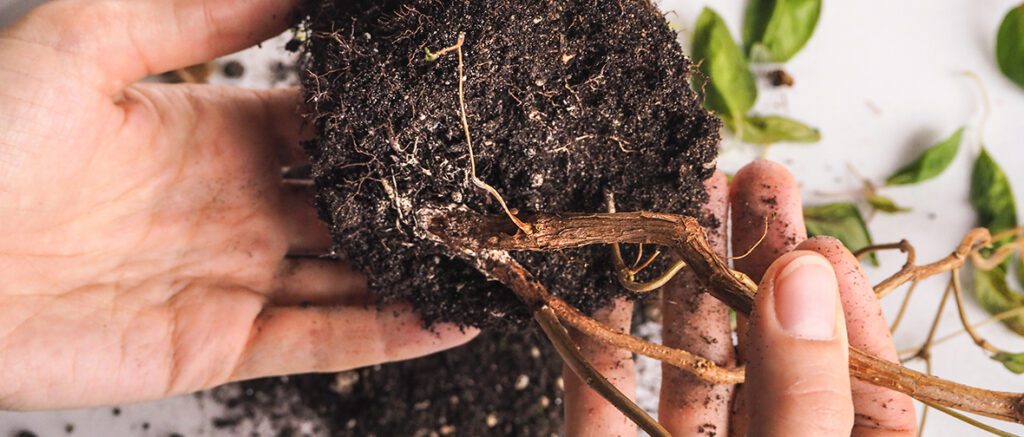
Moreover, temperature plays a significant role in the development of root rot. Different pathogens have specific temperature requirements for optimal growth, and variations from these ideal conditions can either slow down or accelerate their activity. For example, some fungi responsible for root rot thrive in warm temperatures, while others prefer cooler environments. It is crucial to understand the temperature preferences of the specific pathogens affecting the plants in order to implement appropriate control measures. Consistent monitoring of the temperature and maintaining ideal conditions for plant growth can help minimize the risk of root rot and ensure a healthy root system.
Utilizing Diagnostic Tools and Techniques for Root Rot Detection
One common tool for diagnosing root rot in plants is a soil test. By obtaining a sample of the affected soil and sending it to a laboratory, gardeners can receive a comprehensive analysis of nutrient levels, pH balance, and other important factors that can contribute to root rot development. This diagnostic tool allows for targeted treatment plans and adjustments to prevent further root damage.
Another useful technique for root rot detection is visual inspection. Gardeners can closely examine the plant’s roots and look for any signs of decay or discoloration. Healthy roots are typically firm and white, while roots affected by rot may appear mushy, discolored, or have a foul odor. By investing time in regularly inspecting the roots, gardeners can catch early signs of root rot and take appropriate actions before the condition worsens.
Analyzing the Effects of Nutrient Imbalances on Root Rot Susceptibility
Maintaining proper nutrient balance is crucial for the overall health and resilience of plants. When it comes to root rot susceptibility, nutrient imbalances can play a significant role.
One common scenario is an excess of nitrogen in the soil. While nitrogen is essential for plant growth, an excess of it can lead to an increase in root rot susceptibility. This is because high levels of nitrogen promote lush foliage growth, which can result in dense canopies and limited airflow around the roots. Such conditions create a humid and moist environment that is ideal for the growth of root rot pathogens. On the other hand, a deficiency in certain nutrients, such as calcium or potassium, can weaken the plant’s immune system, making it more susceptible to infections and diseases, including root rot. It is crucial to ensure a proper balance of nutrients, providing plants with the optimal conditions for healthy root development and resilience against root rot pathogens.
Additionally, the pH of the soil can greatly affect nutrient availability and root health. In soils with extreme pH levels, whether too acidic or alkaline, nutrient uptake by the roots can be hindered. This can lead to nutrient deficiencies or imbalances, compromising the overall health of the plant and increasing its vulnerability to root rot. Monitoring and adjusting the pH of the soil to the appropriate range for the specific plant species can help ensure optimal nutrient availability and reduce the risk of root rot.
The table below summarizes the effects of nutrient imbalances:
| Nutrient Consideration | Effects on Root Rot Susceptibility |
|---|---|
| Excess Nitrogen | – Promotes lush foliage growth, leading to dense canopies. |
| – Limits airflow around the roots, creating a humid and moist environment. | |
| – Ideal conditions for the growth of root rot pathogens. | |
| Deficiency in Calcium | – Weakens the plant’s immune system. |
| – Increases susceptibility to infections and diseases, including root rot. | |
| – Crucial for maintaining strong cell walls and overall plant structure. | |
| Deficiency in Potassium | – Weakens the plant’s immune system and stress tolerance. |
| – Increases vulnerability to infections, including root rot. | |
| – Essential for enzyme activation and proper water regulation. | |
| Soil pH Imbalance | – Extreme pH levels hinder nutrient uptake by the roots. |
| – Can lead to nutrient deficiencies or imbalances in the plant. | |
| – Compromises overall plant health and increases vulnerability to root rot. | |
| Monitoring and Adjustment | – Regular monitoring of soil pH is essential for nutrient availability. |
| – Adjusting pH to the appropriate range for specific plant species optimizes nutrient uptake and reduces root rot risk. |
Implementing Proper Watering Practices to Prevent Root Rot
Proper watering practices play a crucial role in preventing root rot in plants. Overwatering is a common mistake that many gardeners make, often with unintended consequences. When plants receive excessive moisture, the roots can become saturated, leading to oxygen deprivation and creating ideal conditions for root rot pathogens to thrive. To avoid this, it is essential to ensure that plants are watered appropriately, taking into consideration their individual needs and environmental conditions.
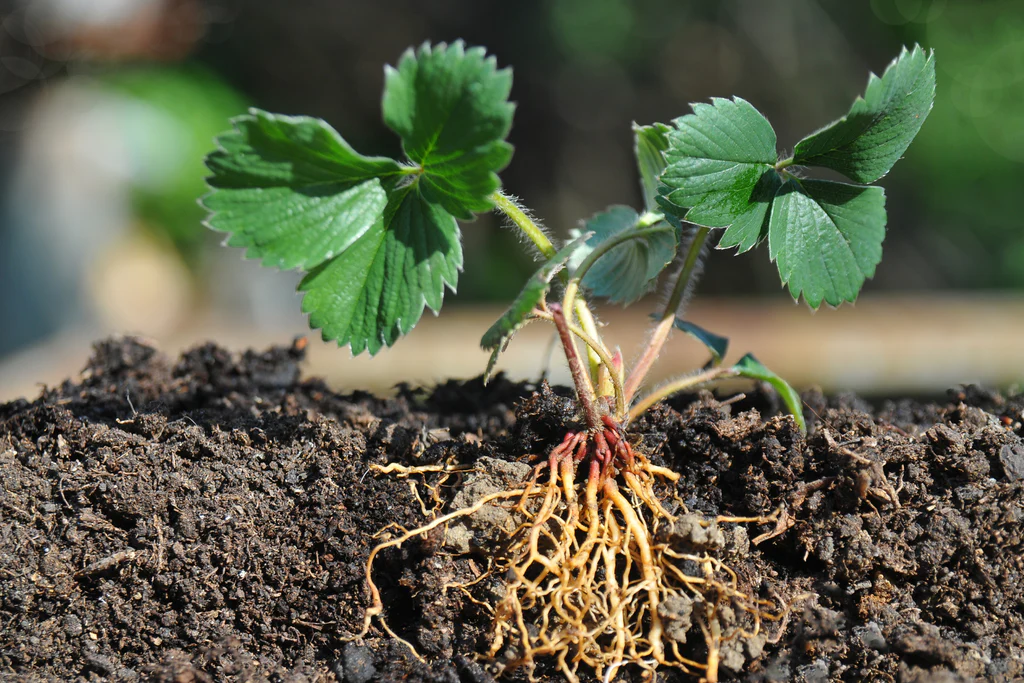
One frequently asked question is, “How do I know if I am watering my plants correctly?” The key is to strike a balance between providing enough moisture for the roots to uptake water and allowing the soil to dry out slightly before the next watering. One way to determine when to water is by checking the moisture level of the soil. Stick your finger about an inch deep into the soil near the plant’s base. If it feels dry at that depth, it is an indication that the plant needs watering. However, if the soil feels wet or damp, it is best to wait a little longer before watering again. It is important to note that different plant species have varying water requirements, so it’s always a good idea to research specific plants or consult a gardening expert for guidance.
Choosing the Right Soil and Potting Mix to Minimize Root Rot Risk
The choice of soil and potting mix is crucial in minimizing the risk of root rot in plants. Different plant species have varying requirements when it comes to the composition of their growing medium. Optimal soil and potting mix should strike a balance between providing adequate drainage and moisture retention. Sandy soils tend to drain quickly, reducing the chances of waterlogging and root rot. On the other hand, clay soils have higher water retention capacity, but they can lead to poor aeration, promoting root rot development. A sandy loam soil, which is a mix of sand, silt, and clay, provides a good compromise, offering both drainage and moisture retention.
When it comes to potting mix, it is essential to choose a well-draining option. Soilless mixes, such as those consisting of peat moss, perlite, and vermiculite, are commonly used. These mixes allow moisture to drain away from the roots while still retaining enough water for the plants. Adding compost or organic matter to the potting mix can enhance its water-holding capacity without compromising drainage. It is important to note that using garden soil as a potting mix is not recommended, as it may contain pathogens or lack proper aeration and drainage. By selecting the appropriate soil and potting mix, gardeners can minimize the risk of root rot and provide their plants with a healthy growing environment.
Exploring the Role of Beneficial Microorganisms in Root Rot Prevention
Beneficial microorganisms play a significant role in preventing root rot in plants. These microorganisms, also known as biocontrol agents, are naturally occurring in the soil and form symbiotic relationships with plant roots. Through this symbiosis, they help enhance the plant’s defense mechanisms and protect against harmful pathogens, including those that cause root rot.
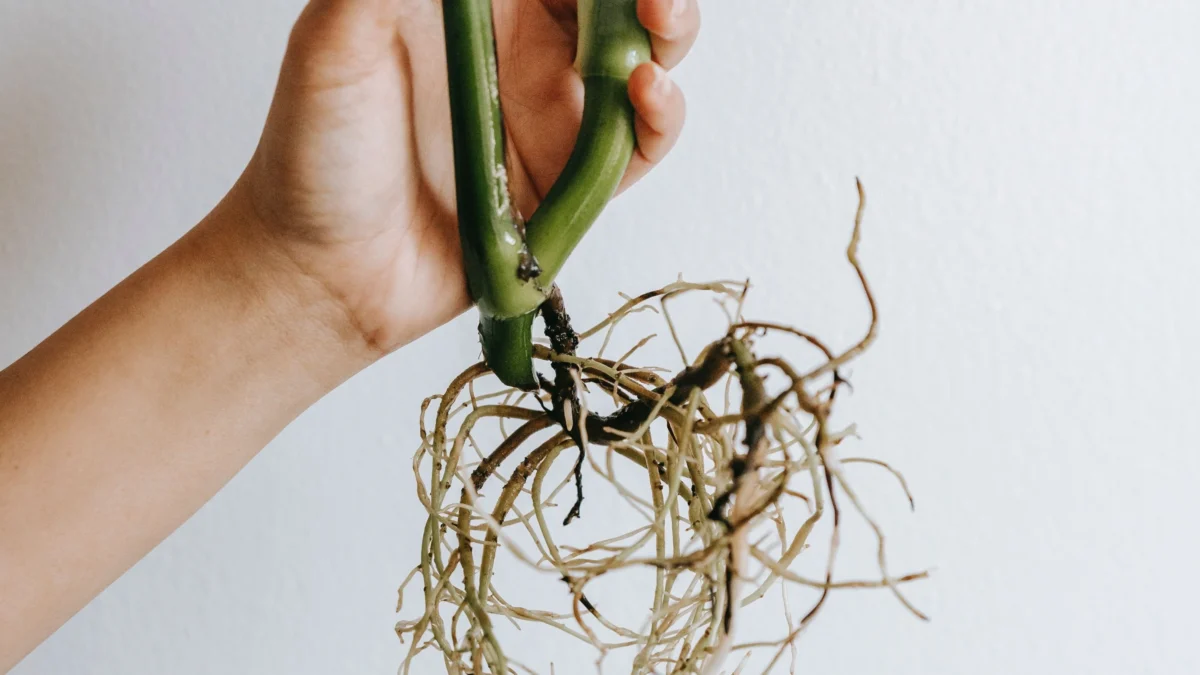
One commonly known beneficial microorganism is mycorrhizal fungi. These fungi form a mutualistic association with plants, whereby they colonize the roots and form a network of hyphae extending into the soil. This network helps improve nutrient uptake by increasing the surface area available for absorption. Additionally, mycorrhizal fungi excrete enzymes that break down organic matter, making nutrients more readily available to the plant. By boosting nutrient uptake and promoting overall plant health, mycorrhizal fungi contribute to reducing root rot incidence.
Employing Crop Rotation and Companion Planting Strategies for Root Rot Management
Crop rotation and companion planting are two effective strategies that can be employed to manage root rot in gardening. Crop rotation involves systematically changing the types of crops planted in specific areas of the garden each season. This practice helps to disrupt the life cycle of root rot pathogens, reducing their survival and spread. By alternating crops that are susceptible to root rot with those that are resistant or less susceptible, gardeners can effectively manage the disease and maintain the health of their plants.
Companion planting, on the other hand, involves growing different plant species in close proximity to one another, taking advantage of the natural attributes and interactions between them. When it comes to root rot management, certain companion plants can play an important role. For instance, marigolds are known to release chemical compounds into the soil that inhibit the growth of root rot pathogens. Planting marigolds alongside susceptible crops can help reduce the risk of root rot development. Similarly, plants with strong root systems, such as beans or peas, can help improve soil structure and drainage, reducing the likelihood of root rot occurrence.
Improving Drainage and Aeration to Reduce Root Rot Incidence
Poor drainage and inadequate aeration are common culprits behind the development of root rot in plants. When the soil becomes waterlogged, oxygen levels decrease significantly, leading to anaerobic conditions that promote the growth of root rot pathogens. To reduce the incidence of root rot, it is essential to improve drainage and enhance aeration in the garden or planting area.
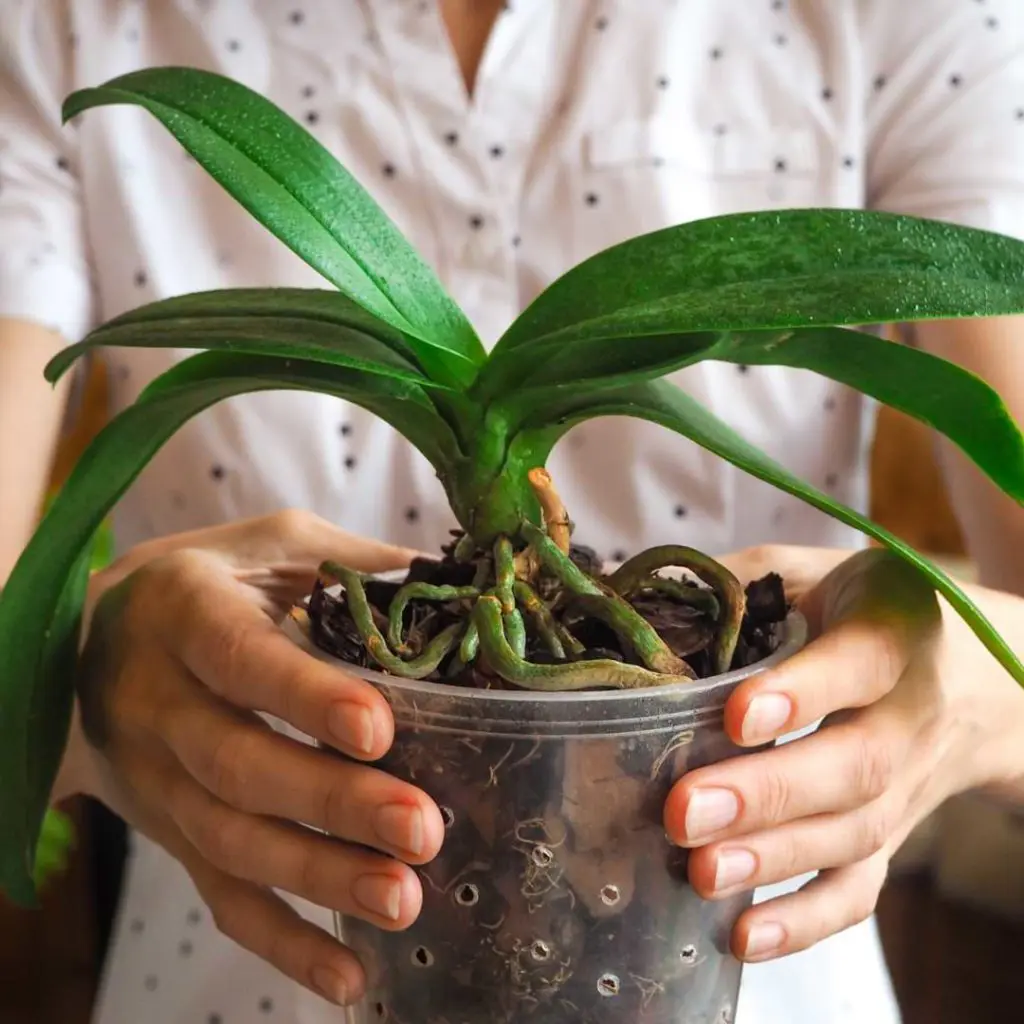
One frequently asked question is, “How can I improve drainage in my garden?” There are several measures you can take to ensure adequate drainage. Firstly, you can amend heavy clay soils with organic matter such as compost, which helps to break up the soil structure and improve water movement. Another option is to install raised beds or mounds, allowing excess water to drain more freely. Additionally, ensuring the correct slope or gradient in the garden can facilitate proper water runoff. By implementing these practices, you can create a well-drained environment that discourages the development of root rot.
Considering the Use of Fungicides and Biological Control Agents in Root Rot Control
Frequently Asked Questions (FAQs):
Q: Are fungicides effective in controlling root rot?
A: Fungicides can be effective in controlling root rot, especially when used in combination with other management strategies. These chemical compounds are designed to inhibit the growth and reproduction of fungal pathogens that cause root rot. However, it is important to note that not all fungicides are effective against all types of root rot pathogens. It is crucial to identify the specific pathogen causing the infection and choose a fungicide that targets that particular pathogen. Additionally, proper application following label instructions is essential for optimal efficacy.
Q: What are biological control agents and how do they help in managing root rot?
A: Biological control agents, also known as biocontrol agents, are natural enemies or organisms that suppress the growth and activity of root rot pathogens. These agents can include various species of beneficial bacteria, fungi, and nematodes. When applied to the soil, they can colonize the root area and compete with or attack the pathogenic organisms, reducing their population and preventing further damage. Biocontrol agents offer an environmentally friendly and sustainable approach to root rot management, as they do not leave harmful residues and can be compatible with integrated pest management practices. However, their effectiveness can vary depending on the specific root rot pathogen and environmental conditions.
Here is a table that shows us the factors that need to be considered choosing fungicides:
| Consideration | Description |
|---|---|
| Type of Root Rot Pathogen | Identify the specific root rot pathogen causing the issue as different fungicides and biological controls target specific pathogens. |
| Fungicide Application Timing | Follow recommended application timings based on the life cycle of the root rot pathogen; preventive or curative applications may be necessary. |
| Biological Control Compatibility | Assess the compatibility of biological control agents with the root rot pathogen and any applied fungicides to avoid negative interactions. |
| Soil Conditions | Consider soil pH, moisture levels, and temperature, as these factors can affect the efficacy of both fungicides and biological control agents. |
| Cultural Practices | Implement proper cultural practices such as proper irrigation, well-draining soil, and crop rotation to complement control measures. |
| Resistant Tomato Varieties | Choose tomato varieties with resistance to specific root rot pathogens when available to reduce the reliance on chemical or biological control. |
| Environmental Impact | Evaluate the environmental impact of fungicides, opting for those with lower toxicity and minimal effects on non-target organisms. |
| Application Method | Follow proper application methods for fungicides and biological control agents, considering factors like soil drenching, foliar spraying, or seed treatment. |
| Monitoring and Prevention | Regularly monitor plants for early signs of root rot, and emphasize preventive measures to minimize the need for intensive control measures. |
Highlighting the Importance of Quarantine and Sanitation in Root Rot Prevention
One frequently asked question regarding root rot prevention is, “Why is quarantine important in managing root rot?” Quarantine plays a crucial role in preventing the spread of root rot pathogens. When a plant is infected with root rot, it is vital to isolate it from other healthy plants to prevent the disease from spreading. This practice allows for careful monitoring and treatment of the affected plant without putting other plants at risk. By quarantining infected plants, gardeners can contain the disease and minimize its impact on the overall health of their garden.
Another common question related to root rot prevention is, “How does sanitation contribute to avoiding root rot?” Sanitation practices are essential in preventing the establishment and spreading of root rot pathogens. Regular cleaning and maintenance of gardening tools, containers, and other equipment can help eliminate any potential sources of infections. It is also crucial to remove any dead or dying plant material promptly, as they can serve as a breeding ground for pathogens. Furthermore, practicing good hygiene by washing hands thoroughly between handling different plants can greatly reduce the risk of transmitting root rot pathogens from one plant to another. By prioritizing sanitation measures, gardeners can significantly lower the chances of root rot occurrence in their garden.
Discussing the Role of Genetic Resistance in Combatting Root Rot
Root rot is a common problem in gardening that can be challenging to manage. While various techniques have been implemented to prevent and control root rot, one approach that has shown promising results is genetic resistance. Genetic resistance refers to the ability of a plant to withstand or tolerate the attack of root rot pathogens without suffering significant damage. By incorporating plants with genetic resistance into our gardens, we can greatly reduce the risk of root rot and improve overall plant health.
One frequently asked question about genetic resistance is whether it is a reliable method against different types of root rot. The answer to this question depends on the specific plant species and the pathogen causing the root rot. Genetic resistance is often specific to certain pathogens, meaning that a plant resistant to one type of root rot may not necessarily be resistant to another. Therefore, it is crucial to select plant varieties with resistance that matches the predominant pathogen in your region. Consult with local experts, such as agricultural extension services or certified nurseries, to determine the most suitable resistant varieties for your specific needs.
Watch the video to prevent your plant from root rot.
Providing Practical Tips and Recommendations for Preventing Root Rot in Different Plant Species
Regularly inspecting your plants for signs of root rot is crucial in preventing its occurrence. Look out for wilting, yellowing or browning leaves, stunted growth, and a foul odor emanating from the roots. If you notice any of these symptoms, act quickly to address the issue. Removing affected plants, trimming the damaged roots, and replanting in fresh, well-drained soil can help save your plants from further damage.
In addition to vigilant monitoring, providing proper drainage is essential in preventing root rot. Ensure that the soil has sufficient drainage by incorporating organic matter such as compost or peat moss into heavy clay soils. For potted plants, use containers with drainage holes and place a layer of gravel or small rocks at the bottom to enhance water flow. Avoid overwatering, as it can lead to waterlogged conditions that promote the growth of root rot pathogens. Instead, water your plants thoroughly and allow the soil to dry out slightly before watering again.
What is root rot and why is it important in gardening?
Root rot is a fungal disease that affects the roots of plants, leading to decay and eventual death of the plant. It is important in gardening because it can cause significant damage to plants and impact garden productivity.
How can I identify the early signs of root rot in plants?
Early signs of root rot include yellowing or wilting leaves, stunted growth, and a foul odor coming from the roots. Additionally, the roots may appear dark, mushy, or slimy.
What are the causes and risk factors of root rot?
Root rot is primarily caused by overwatering and poor drainage, which create a favorable environment for fungal growth. Other risk factors include nutrient imbalances, compacted soil, and planting infected plants.
Are there different types of root rot pathogens?
Yes, there are various types of fungi that can cause root rot, such as Pythium, Phytophthora, and Fusarium. Each pathogen has different characteristics and affects different plant species.
How do environmental conditions impact root rot development?
Environmental conditions such as excessive moisture, high humidity, and warm temperatures promote the growth and spread of root rot pathogens. Poor air circulation can also contribute to root rot development.
What diagnostic tools and techniques can be used for root rot detection?
Visual inspection of roots, soil testing, and laboratory analysis can be used to diagnose root rot. Additionally, using a soil moisture meter or conducting a wilt test can provide insights into root health.
Can nutrient imbalances increase the susceptibility to root rot?
Yes, nutrient imbalances, especially an excess of nitrogen, can make plants more susceptible to root rot. It is important to maintain a balanced nutrient profile to minimize the risk.
How can I prevent root rot through proper watering practices?
To prevent root rot, avoid overwatering and ensure proper drainage. Water plants deeply but infrequently, allowing the soil to dry out between waterings. Be mindful of the specific water needs of different plant species.
What soil and potting mix should I choose to minimize root rot risk?
Use well-draining soil or potting mix that allows excess water to flow out easily. Adding organic matter can improve soil structure and drainage, reducing the risk of root rot.
Can beneficial microorganisms help prevent root rot?
Yes, beneficial microorganisms like mycorrhizal fungi can improve root health and provide protection against root rot pathogens. Incorporating them into the soil can be beneficial for prevention.
How can crop rotation and companion planting help manage root rot?
Crop rotation involves changing plant species in a particular area to disrupt the life cycle of root rot pathogens. Companion planting involves strategically placing plants that have natural resistance to root rot next to susceptible plants.
What can I do to improve drainage and aeration in my garden?
Improving drainage and aeration can be achieved by adding organic matter to the soil, using raised beds, and incorporating materials like perlite or sand to improve soil structure. Avoiding soil compaction is also important.
Are there any fungicides or biological control agents that can be used to combat root rot?
Yes, fungicides specifically formulated to target root rot pathogens can be effective in controlling the disease. Biological control agents, such as beneficial bacteria or fungi, can also be used to suppress root rot.
How does quarantine and sanitation play a role in root rot prevention?
Quarantine involves isolating potentially infected plants to prevent the spread of root rot. Sanitation practices, such as cleaning tools and equipment, removing infected plant debris, and sterilizing pots, can also help prevent the disease.
Do certain plant species have genetic resistance to root rot?
Yes, some plant species or cultivars have genetic resistance to root rot. Choosing resistant varieties can greatly reduce the risk of root rot in your garden.
Can you provide some practical tips and recommendations for preventing root rot in different plant species?
Some practical tips include maintaining proper watering practices, improving soil drainage and aeration, using disease-resistant varieties, practicing crop rotation, and using beneficial microorganisms. Each plant species may require specific care, so it is important to research the specific needs of your plants.

